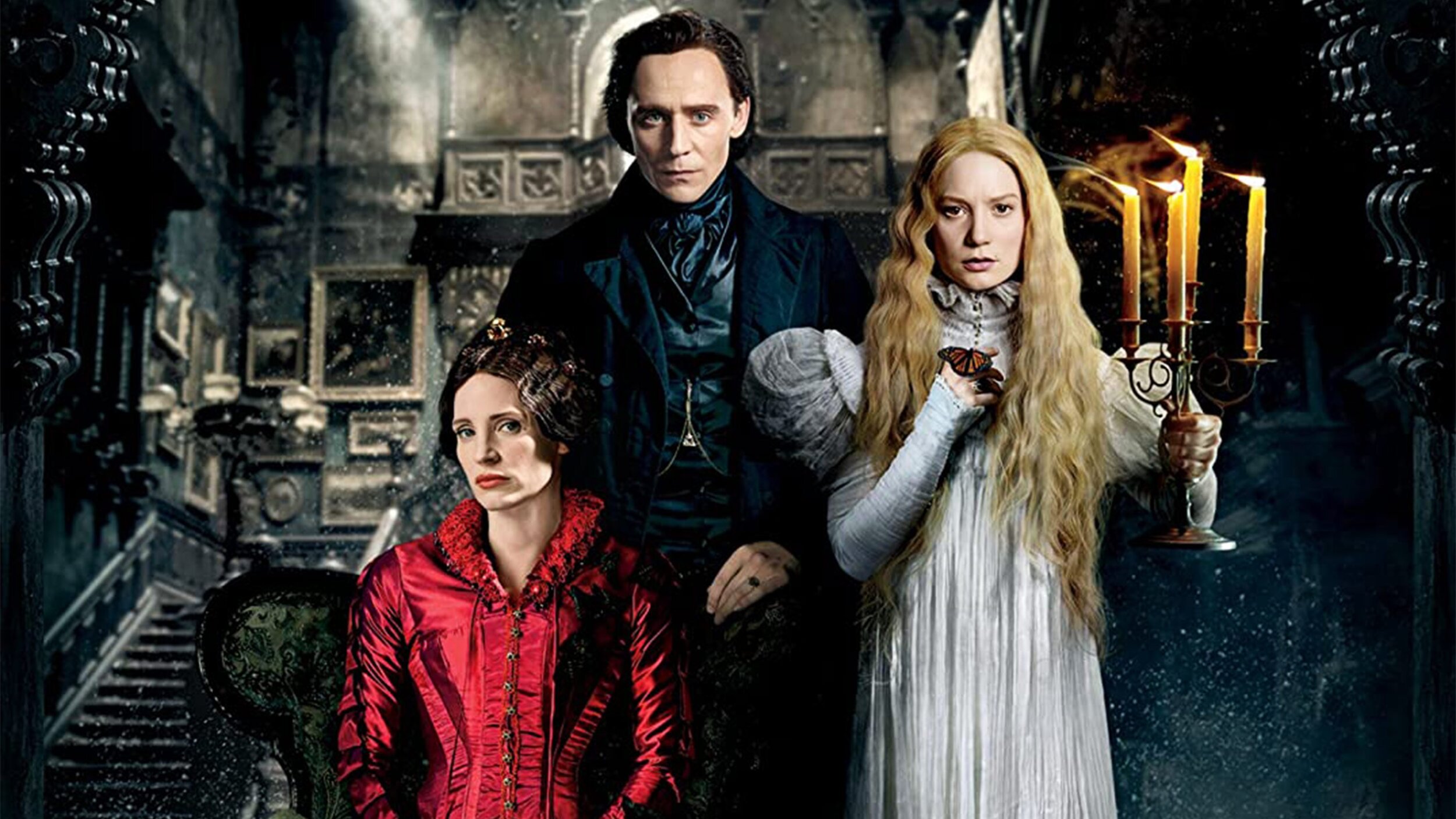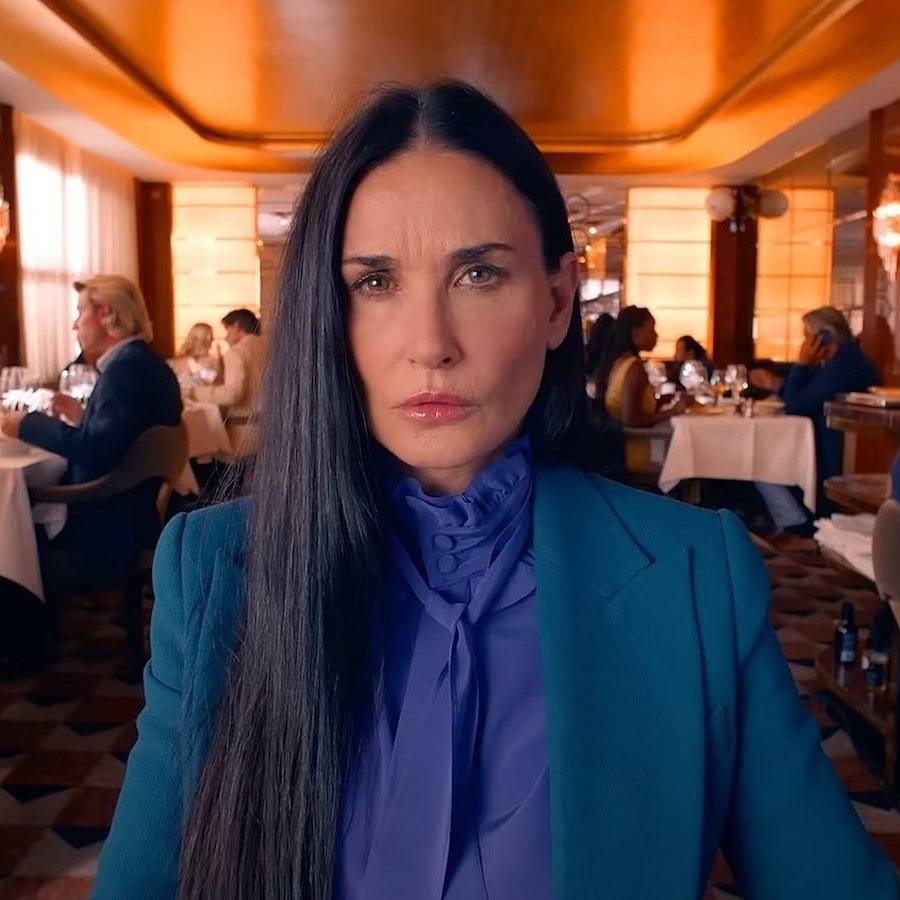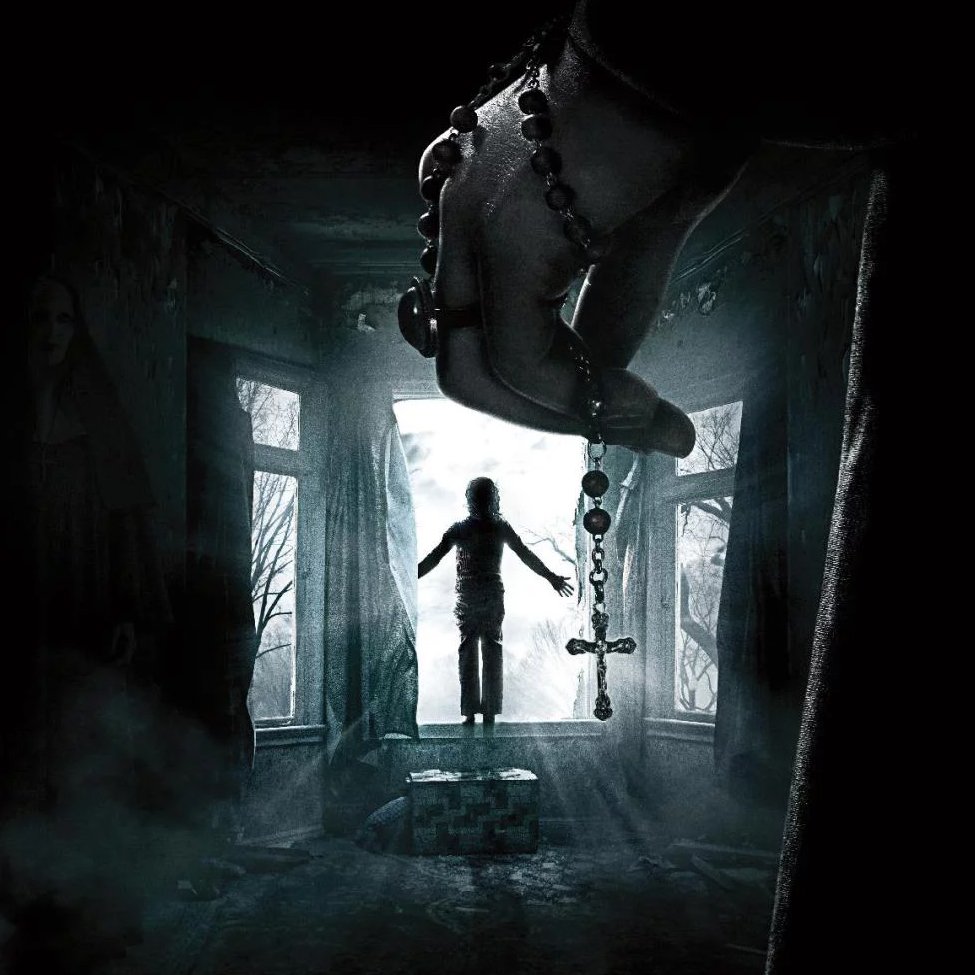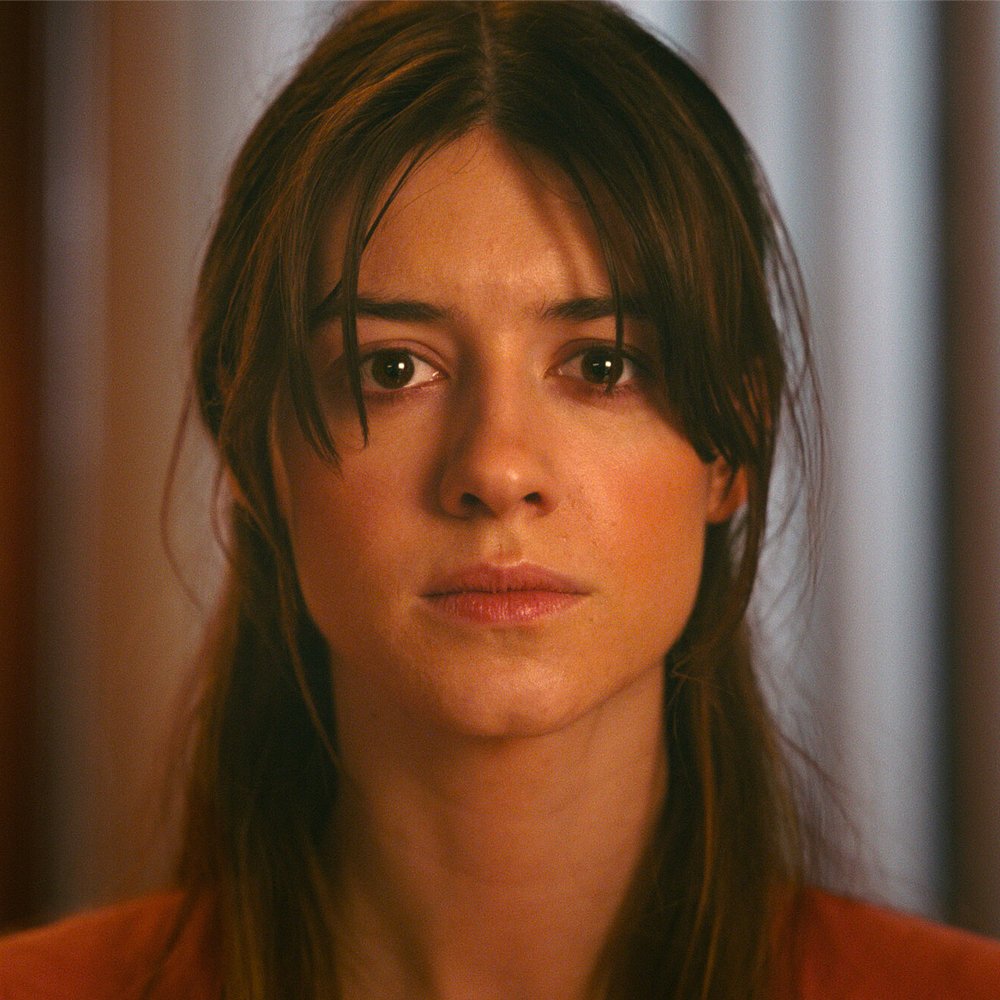Review: Crimson Peak

When accepting the challenge of analyzing a film in one’s own terms and capabilities, few expressions are as insufficient on their own in a film review as “this film is all style and no substance.” Not only is it often employed as an end to itself, without providing any evidence to such an interpretation of the film, this vague expression reveals a thorough failure from the reviewer to understand that film, as a visual medium, is style and content as one. The problem really begins when a film’s style does not serve its content, as is the case of the majority of the most recent prestige pictures, or the other way around. I address this issue at length here because Crimson Peak, Guillermo Del Toro’s latest venture into the horror genre, is precisely this other way around.
As I recently discussed in my retrospective on Del Toro, not all of his movies are completely satisfying, but throughout the years he has managed to create powerful images and unforgettable movie moments even in his most flawed efforts. This is particularly true for this movie, which for all its worth is surely worth watching. Here, Del Toro is back to his genre. There’s immense joy in watching this film, simply due to how gorgeous it looks. Embracing the recent trend of red/green color palettes, Del Toro creates something entirely new out of this trope, sticking to his usual visual contrasts between interiors and exteriors but boldly employing this contrast to create an eerie atmosphere of endless unease, like an adaptation of Dario Argento’s Suspiria in the style of haunted house classics like The Innocents and The Shining. But Del Toro doesn’t stop there: with additional sequences bathed in white snow, golden lights and breathtaking dresses and suits (particularly those of Edith Cushing and her new husband), being in constant danger has rarely looked this beautiful.
But in Crimson Peak, as in all of Del Toro’s American productions, there is an overall busyness that does not allow the story to move forward comfortably. The film’s story of young American writer Edith Cushing (Mia Wasikowska) falling in love with a mysterious English baronet (Tom Hiddleston) is, clearly enough, not about the horrors of the baronet’s haunted house, but about his relationship with Edith and the overwhelming obstacles that challenge it: her father, the baronet’s sister (Jessica Chastain), an alternate love interest (Charlie Hunnam), and especially Crimson Peak, where the house is set. But the film’s twisty deviation from the horror movie label – a deviation that Del Toro himself is highlighting in order to clarify the film’s purposes – is pretty much a sign of how overly dense the story is: it’s incredible to find the amount of exposition and narrative density in such a visual achievement as this one.
In the end, the film is a combination of virtues worthy of a masterpiece and very basic flaws. Crimson Peak is too concerned with adding unnecessary action and drama to a kind of film that is ultimately about mood, emotion and atmosphere, therefore sacrificing a rather straightforward gothic romance for the sake of a needless narrative.



























